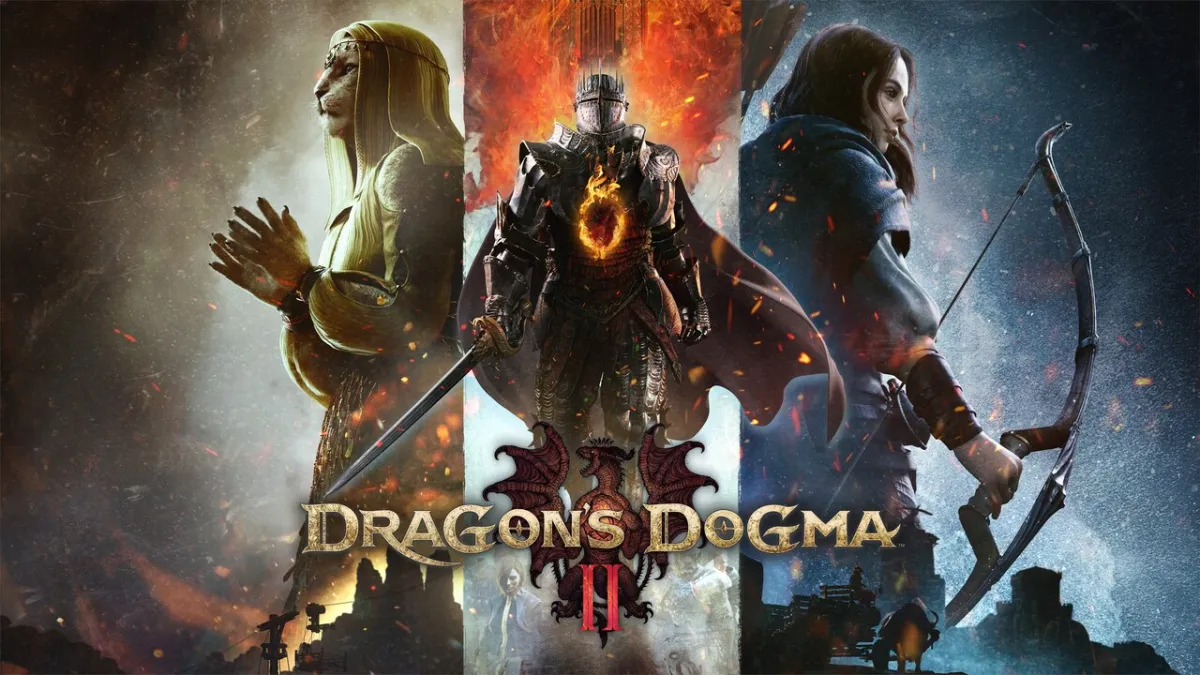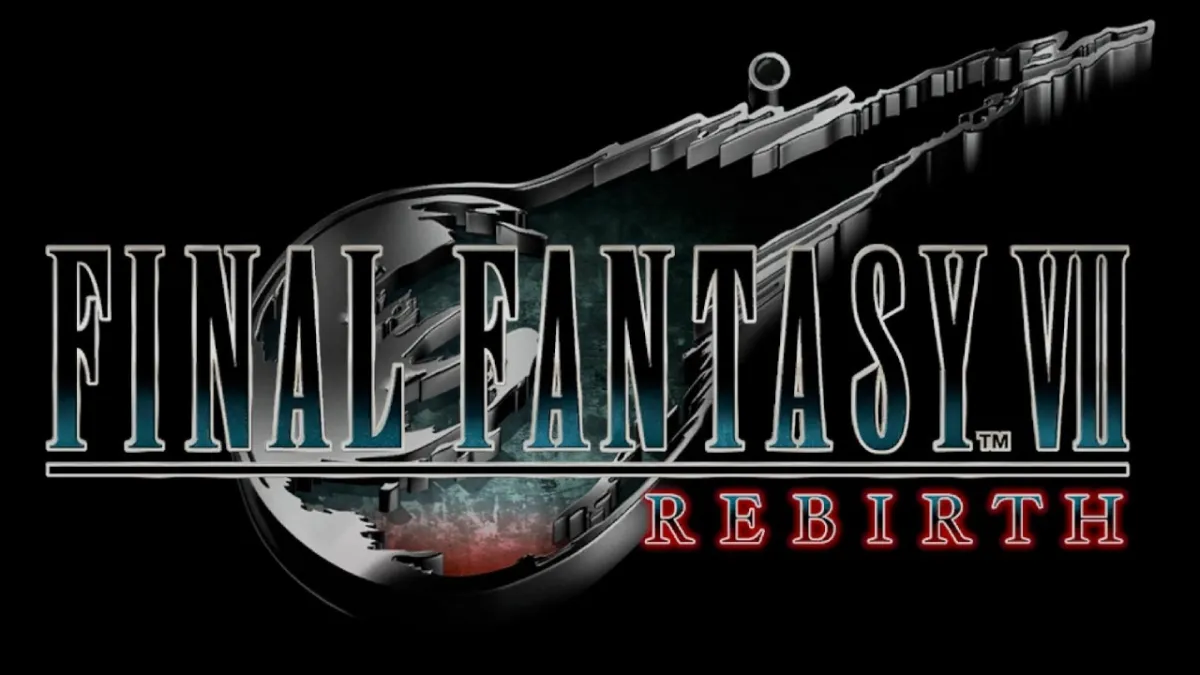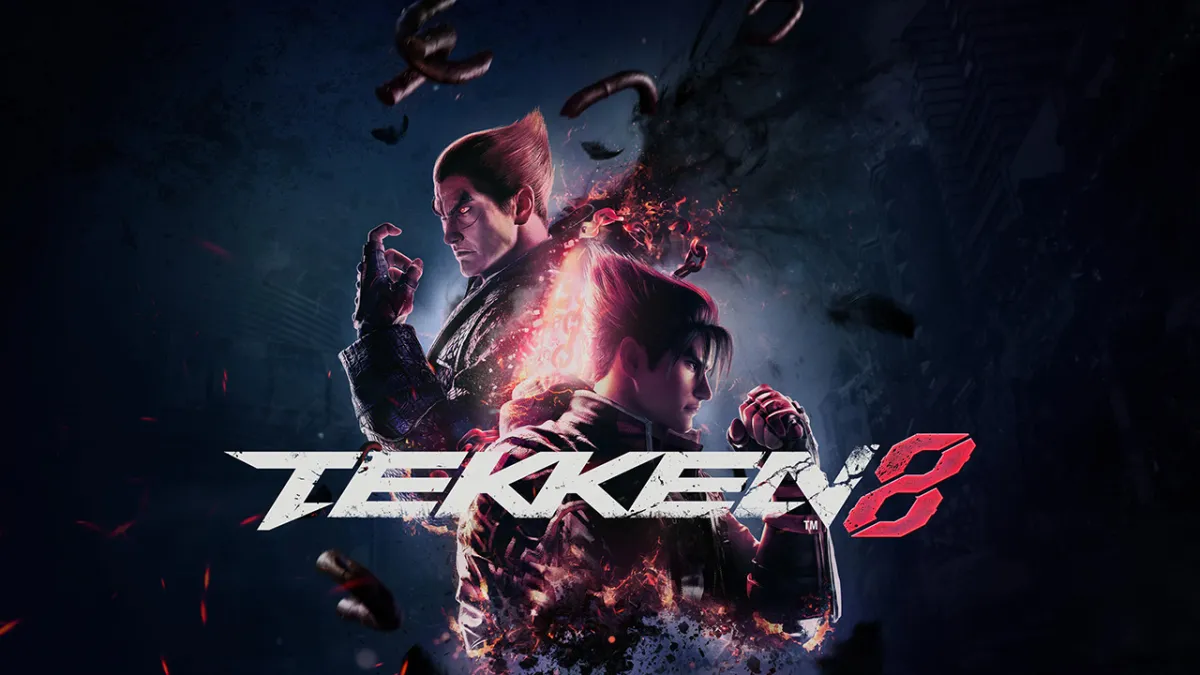The RPG genre has moved towards a more action oriented approach in recent years, but Square Enix decided to hold onto the past with the formation of Tokyo RPG Factory. Starting off strong with I Am Setsuna, their followup Lost Sphear struggled to innovate beyond recapturing the feel of the 16-bit era. Rather than stay in that lane, Tokyo RPG Factory has decided to branch out with something much more modern in the oftentimes very somber Oninaki.
With a change from the 16-bit style, Oninaki offers cel-shaded visuals that still manage to maintain some of the themes of their previously games. The softer pastel colors really help to set the mood in the game, which seems to be a staple so far with Tokyo RPG Factory games across their first three games.
Oninaki features a rather unique story based on protagonist Kagachi, a Watcher whose goal is to help lost souls pass on after their death. Death is very important in this world, as reincarnation plays a huge role in their life and a soul must cross over to reincarnate. This introduces some very emotional moments very early into the game, as you interact directly with not only these souls, but often family members as well that are not even allowed to grieve the loss of their loved ones.
This opening portion of the game makes it seem like the entire game will consist of you helping individual soul after soul. However, that starts to change a little into the game when the overarching story really comes into play. The meeting of a little girl named Linne starts to set the story in motion, but it really gets going once the main antagonist Night Devil starts to show up and wreak havoc upon the land and the fabric of their reality. While the story starts off pretty predictable, the story subverts expectations with some really personal and in-depth character moments for Kagachi that keep you deeply invested.

With Kagachi serving as a Watcher that has to help the lost souls pass to the other side, this brings one of the most important mechanics of all into the game, the ability to switch between the normal world and what is known as the Veil. The Veil is the equivalent of the spirit world that is almost exactly like the regular world, just darker and more enemy filled. During most areas of the game, you can quickly press one button to switch to the Veil and back, which is something you’ll be doing throughout Oninaki.
While in the Veil, you will periodically discover areas covered with black fog that you can technically traverse, though you move very slow and cannot even attack. Enemies are still located in these areas, so it is not wise to do this. Instead, you must return to the living world and find a more powerful version of some of the enemies you’ve been fighting nearby that is signified by some gray mist around their body. By taking down this enemy, you can then return to the Veil at a certain spot and wipe out the black fog in that area, allowing you to travel through that area freely. This back and forth style between both realms is not something you see often in gaming and it works incredibly well here.
Rather than the turn-based approach Tokyo RPG Factory has employed in the past, Oninaki tries something very different with an action RPG gameplay style. The combat is as simple as pressing Y on Nintendo Switch to use your basic attack, while A, X, R, and ZR are reserved for skills. Rather than these being dependent on weapons or a standard skill tree for your character, they are instead based on what are known as Daemons. As a Watcher, you can be possessed by a number of different Daemons in the game that you can obtain, each of which offer a completely different play style.

The default Daemon in the game is known as Aisha and provides you with sword based combat, with others offering you variants including spears, scythes, chain whips, and some really interesting ones as well. Each of these also features a special ability that you can use with B, such as dodge or double jump. You are able to equip up to four Daemon to Kagachi at any given time at save points, with you then able to switch between the four using the right analog stick and most anytime. This introduces some interesting gameplay options, as there are even some perks that can be unlocked that give bonuses for switching between them in the same battle. These perks and more can be unlocked via a skill tree that is exclusive to each individual Daemon in the game, with you earning Stones for each respective Daemon the more you play with them. This also allows you to unlock additional skills beyond the one default skill you have at the beginning.
The story subverts expectations with some really personal and in-depth character moments
There are more skills available than you can even equip on one Daemon in the game, so it’s important to play around with them to see which work the best. This also extends to the Daemons themselves, as you can really play around with whichever Daemons you choose. You can work towards improving every one of them you obtain or you can focus on just a few, or even one if you find the right one just for you. The game’s difficulty is suited to where you can choose whichever method works best for you without feeling underpowered or the need to grind relentlessly late in the game. If you are having problems of it being too easy or too difficult, there are even difficulty options you can switch to as well.
On top of the basic Daemon possession and their various abilities available to you, Kagachi also has a special ability known as Manifest that he can activate based on his Affinity meter. This meter is found at the bottom left of the screen and is represented by a percentage. The more hits you get in battle, the more this number rises and once it exceeds 100%, you can activate it to receive a boost in power and speed of attack. You can also hold off and wait for the meter to rise higher, up to a max of 200%, and have the boost for even longer. This can really turn the tides of battle in boss fights, so it’s best saved for them.
Oninaki throws a lot of enemies at you pretty early in the game, but there is no question that they start to get a bit repetitive the further into the game that you get. There are numerous enemies that you come across in the game, with larger and more powerful versions of most serving as more brutish enemies at times. Some of these even serve as mini-bosses too, but thankfully the bosses themselves are much more varied. The game throws in major boss fights here and there in the game and they are a lot of fun to experience, except for one rehash later in the game.

While Oninaki works well most of the time, there are definitely some performance issues at times on the Nintendo Switch version. The combat is smooth for most of the experience, but this seemed to often be dependent on which Daemon you are using. Most of these seem to work without any lag or anything, but then there were major issues using Daemons that were focused more on big weaponry like Wil with his axe. It make sense that the axe itself would move much slower than say Aisha’s swords or Dia’s projectiles, but moments where this was combined with a lot of enemies on screen would lead the framerate to dip majorly to where everything on screen moved at nearly a snail’s pace at times. While this wasn’t always the case with Wil, it made it to where it was worth avoiding the heavier weapon using Daemons to prevent this from happening.
Oninaki is a respectable length game, offering around 25-30 hours of gameplay just with the main story alone, but then there are also plenty of sidequests to take on during the game too. The main sidequests in the game involve helping Lost Souls cross over that aren’t part of the story. You will come across these all throughout the game, some simply wanting to see something like a weapon of a certain strength before they can pass, while others require you to take them to a different location in the game.
On top of this, completing the game and creating a completed save, you can open it and explore new areas in the game that were not available before. The Sanctum of Rebirth is essentially a battle arena that you can take part in with enemies harder than any you’ve faced in the main game so far. There is also something else that you unlock as well and have access to as a way to fulfill old quests known as the Aeongate, but it would be a spoiler to go into any further detail on that one.

This slowdown may have been only a minor issue at times, but the most egregious issue as a whole with Oninaki are the loading times. Every time you travel between one area to the next, whether by fast travel or simply walking between different locations, you will be hit by a load screen. This would be okay if it was only a few seconds long, but they seem to last nearly forever as you’re anxiously awaiting to get to the next area. In fact, it is often faster to just walk between two save points in the game rather than using fast travel, as it may take just about as long for the game to load as it would to walk from one to the other. Between the numerous cutscenes in the game and the switching of locales, the load times are a major problem on Nintendo Switch and can really hinder your enjoyment of the game at times
Oninaki is undoubtedly a very different type of experience from Tokyo RPG Factory’s other two games, offering a much more contemporary style this time around. The story feels unique and manages to feature some very emotional moments without feeling too dour. Beyond the incredibly lengthy load times and stray performances issues on Nintendo Switch, Oninaki is another standout game from Tokyo RPG Factory that need not be overlooked.
The Verdict
While it may take a little bit to get going, the intimate story found in Oninaki is well worth the wait as long as you can get past the load times. Combining the story with the varied Daemon based combat, Oninaki proves that Tokyo RPG Factory is not simply built on nostalgia and definitely has the chops to make a captivating modern RPG.







